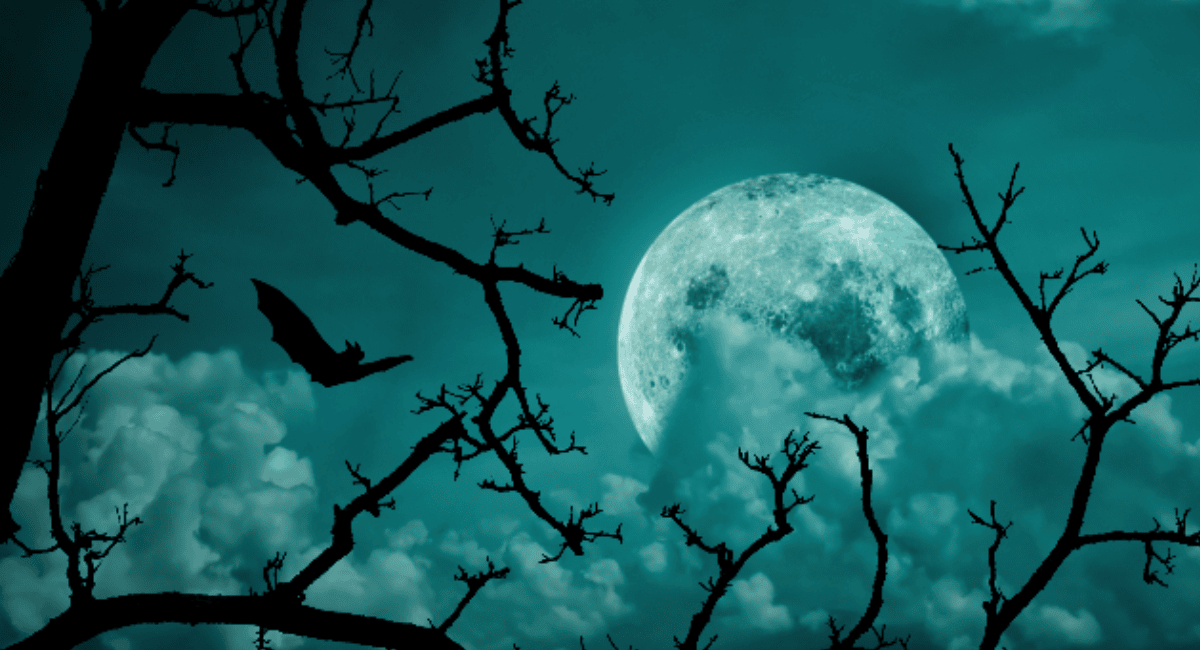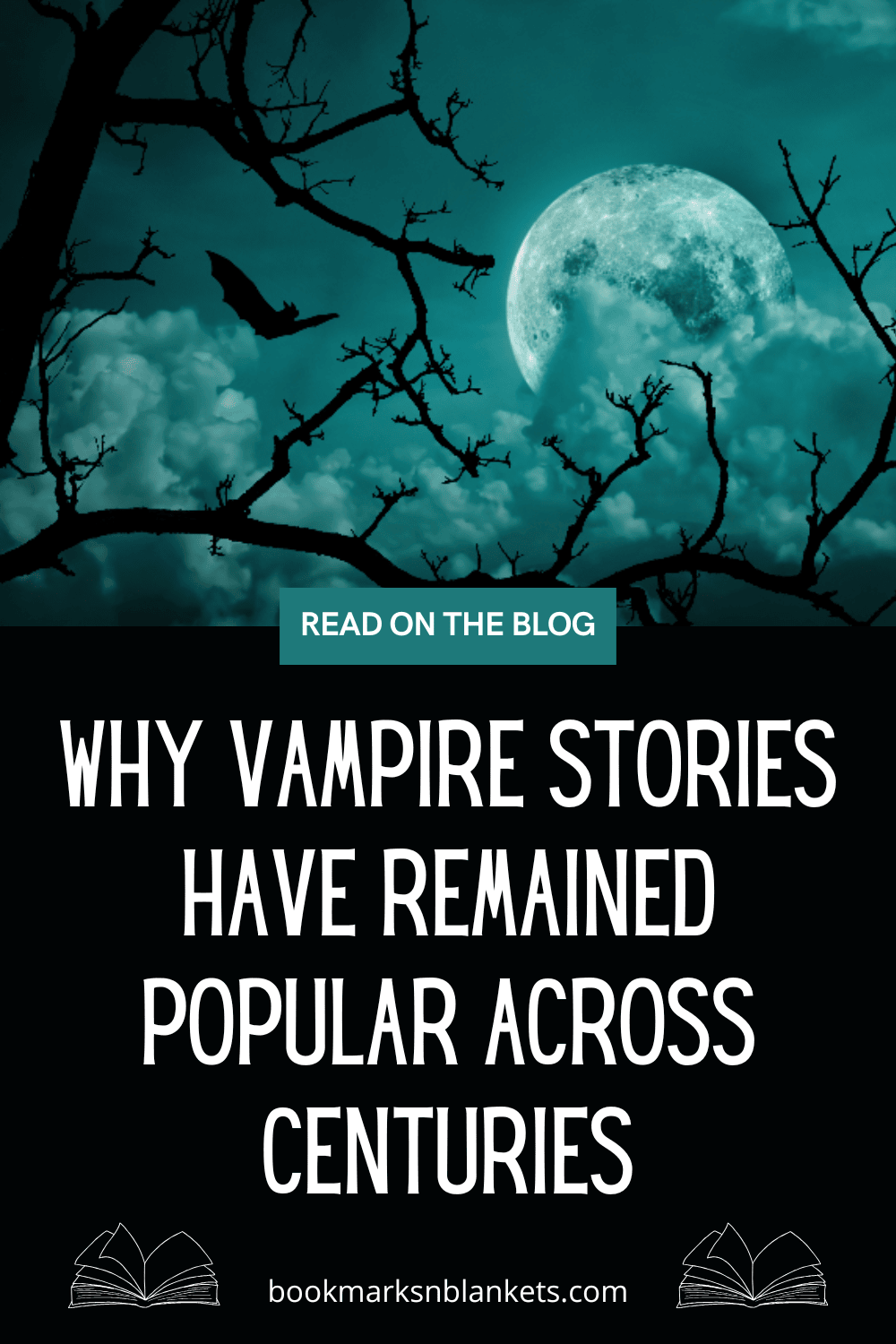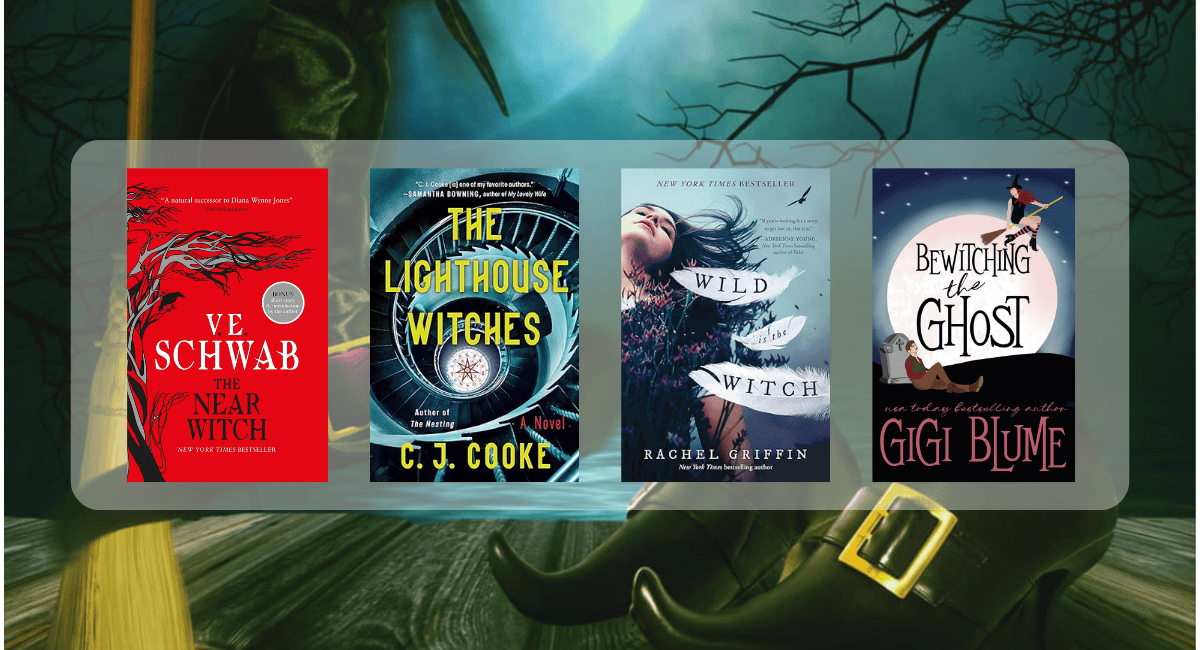Vampires haunt our collective imagination. They slip in at twilight and refuse to leave. From ancient folklore to bestselling novels to hit streaming series, vampires endure. Their stories appeal beyond time, culture, and medium.
But why do these dark beings remain so magnetic to human hearts and minds? In this post, we will wander through history, psychology, culture, and storytelling to uncover the enduring love of vampire tales.
The Roots of the Vampire Myth
Long before Bram Stoker’s Dracula, vampires lurked in folk belief. Many cultures had legends of creatures that fed on life force, blood, or the vitality of the living. In Slavic lands, undead revenants rose from graves. In ancient Mesopotamia, lamia and ekimmu haunted the night. In parts of India and Southeast Asia, there were legends of rakshasas or vetalas. These creatures often reflected fears of death, disease, the unknown, the night itself.
These beliefs came from trying to explain what people could not understand. When someone died of a mysterious illness or when bodies decomposed in strange ways, they thought a restless spirit or creature might return. The vampire became a kind of mythic placeholder for human anxieties. Because those anxieties persist, the myth can persist too.
Later on in literature, the vampire became more formalized. John Polidori’s The Vampyre, in the early 19th century, gave one of the first modern vampire characters in English. Then Bram Stoker’s Dracula, published in 1897, laid the foundation for much of what we consider vampire lore today. Over time, writers, playwrights, and filmmakers added layers, adapted motifs, merged genres, and shaped what vampires mean in different eras. A creature that once was purely monstrous gradually became also seductive, tragic, romantic, or symbolic.
The Vampire as Mirror of Human Fears and Desires
One reason vampires endure is that they reflect deep human fears and desires. In stories, we see fears of death, mortality, loss of control, the seductive pull of darkness, and the fear of being consumed by something greater than ourselves. Also, we see desires for eternal youth, power, immortality, forbidden love, transformation, and escape from mundane life.
A vampire is a paradoxical creature. It is both predator and, often, a tragic figure. It embodies both horror and romance. That duality gives storytellers room to explore the human condition. We can fear the villain and yet sympathize with the creature. It allows us to face our dark side in a safe space.
Vampires are intimate monsters. Unlike giant beasts or alien hordes, they often operate close to us: in cities, in shadows, behind familiar faces. Their proximity to human life lets authors explore themes like identity, secrecy, hidden nature, dual lives, belonging, and alienation. This intimacy makes them psychologically compelling.
Adaptability Through Generations and Genres
Another reason vampire stories remain popular is their great adaptability. Across centuries, storytellers rework them to suit new tastes, cultural values, anxieties, and media. In the Victorian era, vampires were Gothic, mysterious, and foreign. In the early 20th century, they gained exotic or demonic aspects. In the mid-20th century, they could embody cold war fears or psychological trauma. In the late 20th and early 21st centuries, vampires turned romantic, conflicted, rebellious, or heroic.
They move between horror, romance, thriller, fantasy, urban fantasy, and even comedy. They can be victims, villains, or antiheroes. They may be elegant aristocrats or dirty monsters. They may live among us in secret or roam openly. Because they can occupy many narrative roles, they never feel old. They can be reinterpreted for each generation.
Consider Interview with the Vampire by Anne Rice in the 1970s, which deepened the emotional and psychological dimensions of vampire life. Or Buffy the Vampire Slayer, which turned vampires into fodder and a metaphor for adolescence. Or more recent shows like Twilight or The Vampire Diaries, or Castlevania, that appeal to younger audiences. Each era reinvents while retaining core mythic patterns.
Cultural Reflection and Social Commentary
Vampire stories often serve as a mirror or commentary on society. The vampire can represent colonialism, class divides, disease, sexuality, forbidden desire, otherness, or the outsider. In nineteenth-century Gothic tales, Dracula could represent fears of invasion or degeneration. In twentieth-century stories, vampires sometimes allegorize contagion or the spread of disease. In more modern tales, they might explore questions of power, consent, queerness, or identity.
Because the vampire is “other” yet intimately close, they can critique taboos or norms. They can question what is monstrous and what is human. They can allow speculative exploration of moral ambiguity or the tension between survival and empathy. Writers can use the vampire myth to ask: Who is the monster? Who is the prey?
Eternal Themes That Never Age
Certain human concerns never lose urgency: life and death, the desire to transcend fate, love and loss, guilt, redemption, the fear of being alone or forgotten. Vampire stories tap into those themes. To vary metaphors is to tell a new story, but the emotional core resonates across time.
When a character becomes immortal, they endure loss generation after generation. They see loved ones age and die. They confront boredom or existential dread. They may wrestle with morality, with guilt, with having to feed on others. That weight gives stories depth. The immortal protagonist is more than a spectacle. The emotional stakes are heavy because immortality is not an unalloyed blessing.
The Power of Atmosphere, Myth, and Symbolism
Vampires bring strong imagery and symbolism. The blood, the bite, the coffin, the nocturnal flight, the reflectionless mirror, the stake, the moonlit castle, the misty graveyard, the invitation of the curse. These images linger in our minds. They are sensual, visceral, full of tension and symbolism. They evoke fear and attraction.
Mythic resonance helps too. Vampires connect to ancient archetypes: the underworld, the trickster, the revenant, the eternal wanderer, the forbidden fruit. Because they operate in the margins, between life and death, they carry symbolic weight. They stand at thresholds, between day and night, between living and dead, between human and monster.
Good writers use nuance. They let the vampire myth speak, while filling it with character and context. They deepen the basic symbol into something fresh. Because the symbolic frame is broad, there is room for innovation.
Audience Participation and Fan Culture
Stories about vampires often invite strong fan engagement. People imagine their own vampire characters, fanfic, artwork, and cosplay. The myth feels intimate and personal. It invites reinterpretation and reinvention. Because the vampire is often emotionally conflicted, romantic or tragic, fans connect emotionally and project themselves into the story.
This fan culture helps sustain the myth. Each generation rediscovers or reshapes the story. New authors build on the familiar tropes but twist them. New media, movies, television, graphic novels, video games, and podcasts, expand reach. The myth becomes shared culture, one we all remix.
Examples Across Time
Let’s walk through a few examples to show how vampire stories persist in new forms.
Classical and folklore
In Eastern European folk tales and Balkan legends, the vampire was an undead corpse rising to torment the living. The stories served to warn people, enforce burial customs, and control social order. These early forms are ugly and monstrous rather than romantic.
19th and early 20th centuries
Polidori’s The Vampyre and Le Fanu’s Carmilla introduced themes of eroticism and secrecy. Dracula combined folklore, science, and modernity. These works set templates: vampire as aristocrat, the vampire’s hypnotic power, vulnerability to sunlight or garlic, and the role of the mortal protagonist hunting the monster.
Mid-20th century onward
In film, the vampire morphed into a cinema icon. Universal’s Dracula gave Bela Lugosi’s portrayal. Hammer Horror revived it in color with sexual energy. Later films like Interview with the Vampire, Blade, Let the Right One In, and Underworld reinterpreted the myth.
Contemporary literature and screen
In the late 20th and early 21st centuries, vampire romance flourished. Anne Rice’s Vampire Chronicles reimagined vampires with interior life and emotion. Twilight gave a generation a romantic vampire mythology. Television shows like True Blood, The Vampire Diaries, and Buffy used vampires as metaphors for society. Recently, graphic novels, podcasts, vampire video games, and anime have continued exploring the shape of the myth.
Each iteration retains recognizability yet offers novelty. That balance keeps vampire stories fresh yet familiar.
The Role of Mystery and the Unknowable
Part of the appeal of vampire stories is what the monster hides. We fear what we do not fully understand. The vampire’s motivations, inner life, origin, or rules may remain partly mysterious. That mystery invites curiosity, speculation, and fear. We want to know more, but it is always just out of reach.
Because humans are drawn to mystery, we return to the myth. Each retelling reveals a little more or reimagines the unseen. That play between reveal and concealment is part of the allure.
The Romanticization of Darkness
In modern culture, darkness often appeals. We romanticize the night, the shadows, the forbidden. Vampires live in darkness; they embody the lure of what is hidden. They carry attraction with danger. That tension is fertile ground for storytelling because it mirrors human attraction to what scares us.
By living among shadows, vampires question norms. They break the rules. They straddle moral lines. That gives space for romance, for rebellion, for tragedy, and for transformation. The romanticization of darkness is in many ways a modern sensibility, yet it fits seamlessly into the ancient myth.
The Psychological Comfort of Safe Fear
Horror at a distance has a special appeal. Vampire stories allow us to confront fear safely. We walk with monsters while remaining readers or viewers. The threat is real within the fiction yet contained. We can test our courage, face forbidden desires or anxieties, yet emerge safe at the end (often). That emotional safety is part of the thrill.
Also, vampires are often intelligent, eloquent, and introspective creatures. The stories tend to be as much internal as external. They engage mind and heart, not just shocks and gore. That depth helps them last beyond mere novelty.
Continuity in Popular Culture
Vampire stories enjoy ongoing representation in media. Because they are already embedded in culture, there is built-in interest. People grow up hearing about Dracula, reading vampire novels, and watching vampire shows. New works benefit from that built-in cultural familiarity. The vampire myth is part of our collective storytelling toolkit.
Also, the presence of a long tradition invites creators to play with expectations. They can subvert tropes, invert roles, twist the rules for surprise. The familiarity becomes a launching pad for innovation.
Challenges, Reinventions, and Modern Sensibilities
To stay relevant, vampire stories must evolve. Some old tropes can feel tired: the helpless victim, the predatory male vampire, the total evil. Writers revisit power dynamics, consent, gender, race, and identity. They may question the notion of feeding on humans, transform mythology, and blur lines between monster and hero.
Some recent stories emphasize coexistence, ethics, and cooperation. Others set vampires in science fiction or futuristic contexts. Others blend genres—vampire comedy, vampire procedural, vampire horror romance. The constant reinvention means vampire stories can speak to contemporary concerns.
In an era of skepticism, myth fatigue, and horror saturation, vampire stories still find ways to resonate. They shift tone, adopt new metaphors, and highlight new cultural tensions. The core remains, but the trimmings change.
The Enduring Invitation to Imagination
Vampire stories ask us to imagine more. What would it be like to live forever? To walk in the dark? To crave life itself? To carry secret burdens? The myth invites speculation. It invites us to reimagine humanity from outside its boundaries. That openness to imagination gives space for new voices and fresh visions.
When readers or viewers enter a vampire story, they bring their own fears, fantasies, and questions. That personal resonance helps the myth stay alive.
Final Thoughts
Vampire stories have remained popular across centuries because they touch deep, enduring parts of the human psyche. They reflect fears and desires, explore moral and existential questions, and invite reinvention. Their symbolic power, emotive stakes, and narrative flexibility let them evolve while retaining identity.
They operate in intimate spaces, they reach into memory and shadow, they give us safe encounters with horror and longing. They invite us to see ourselves in the monster and to wonder if the monster is us. They ask timeless questions: What does it mean to live, to love, to lose, to confront darkness within?
So long as we wrestle with mortality, identity, love, and fear, vampire stories will keep rising from the night, ready to tell new tales under new moons.







